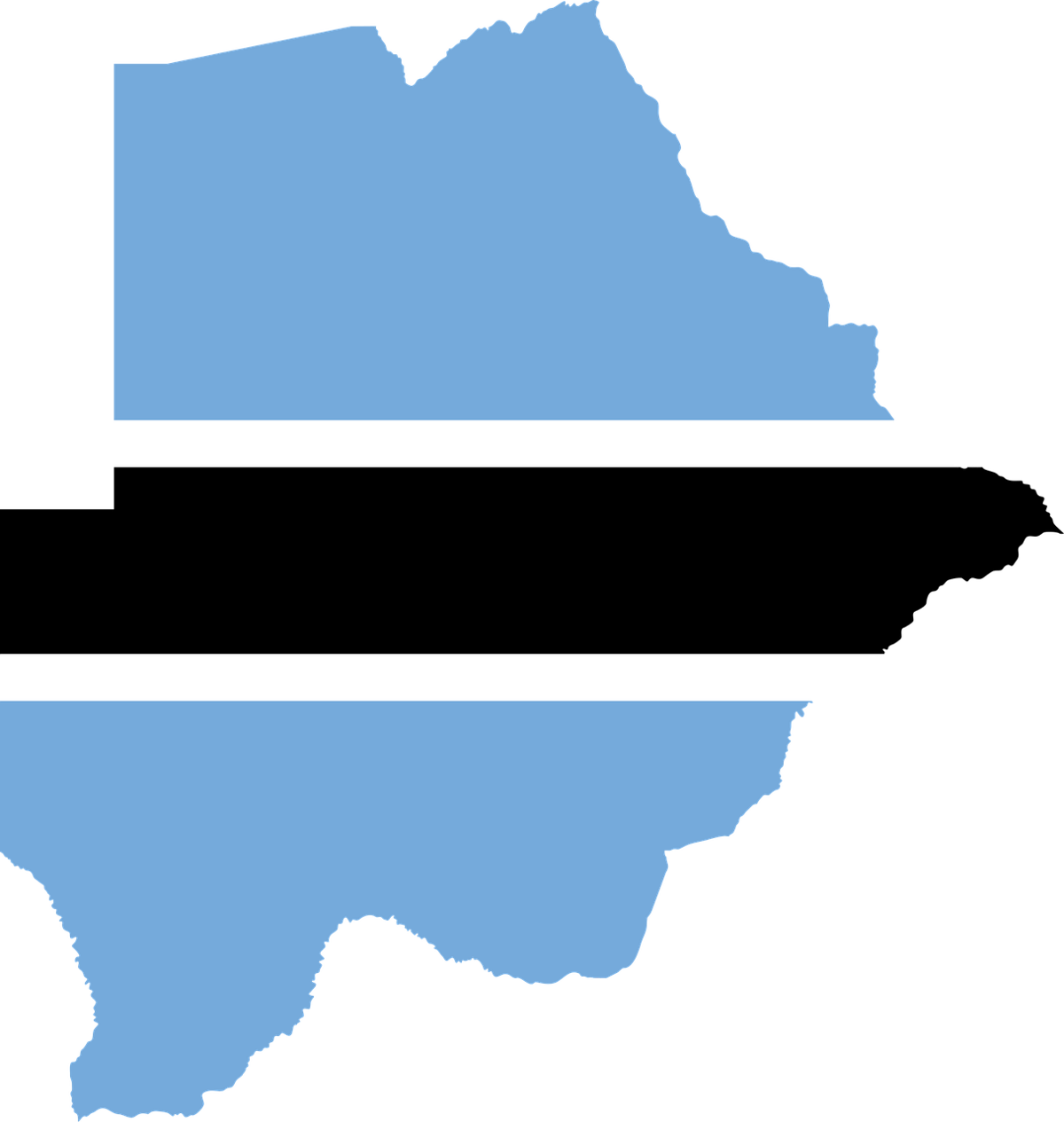Exploring Botswana's Rich History

Botswana, a country in Southern Africa, has a long and fascinating history that spans thousands of years. From ancient hunter-gatherer societies to modern-day democracy, Botswana's journey through time is a testament to the resilience and adaptability of its people.
Timeline of Botswana's History
20,000 BCE - 1000 CE
Early hunter-gatherer societies, including the San people, inhabit the region. Rock paintings found in the Tsodilo Hills date back to this period.
1000 - 1800s
Bantu-speaking peoples migrate into the area, establishing various chiefdoms and kingdoms, including the Tswana states.
1840s - 1890s
Period of conflict known as the Difaqane or Mfecane. Boer settlers begin to encroach on Tswana lands from the south.
1885
Bechuanaland (modern-day Botswana) becomes a British protectorate to counter Boer and German colonial ambitions.
1930s - 1950s
Nationalist movement gains momentum. Seretse Khama, heir to the Bangwato throne, plays a crucial role in advocating for independence.
September 30, 1966
Botswana gains independence from British rule. Seretse Khama becomes the country's first president.
1967 - Present
Discovery of diamond deposits leads to rapid economic growth. Botswana develops into one of Africa's most stable and prosperous nations.
Pre-Colonial Era
Before European colonization, the area now known as Botswana was inhabited by various ethnic groups, including the San (Bushmen), who are considered to be the earliest inhabitants of Southern Africa. The Tswana people, who make up the majority of Botswana's population today, began migrating into the area around 1000 CE.
Colonial Period
In the 19th century, conflicts between the Boer settlers in Transvaal and the Tswana people led to appeals to the British for assistance. In 1885, the British government put "Bechuanaland" under its protection, establishing the Bechuanaland Protectorate. This move was largely to prevent the territory from falling under the control of either the Germans in South West Africa (now Namibia) or the Boers in South Africa.
Road to Independence
In the 1950s and early 1960s, a nationalist movement emerged in Bechuanaland. Seretse Khama, heir to the most powerful of the Tswana chiefdoms, played a crucial role in this movement. Despite facing opposition due to his marriage to a British woman, Ruth Williams, Khama's leadership was instrumental in guiding the country towards independence.
Independence and Modern Era
On September 30, 1966, Bechuanaland became the independent Republic of Botswana, with Seretse Khama as its first president. Since independence, Botswana has maintained a strong democratic tradition, with regular free and fair elections.
The discovery of diamond deposits shortly after independence led to rapid economic growth. Botswana's leaders, including Khama and his successors, have generally managed this wealth responsibly, investing in education, healthcare, and infrastructure.
Challenges and Achievements
Despite its successes, Botswana has faced significant challenges, including:
- One of the world's highest HIV/AIDS rates, though the government has implemented extensive treatment and prevention programs
- Economic diversification efforts to reduce reliance on diamond exports
- Environmental challenges, including drought and desertification
Nevertheless, Botswana is often cited as an African success story, known for its stable democracy, relatively low levels of corruption, and steady economic growth. The country has managed to transform itself from one of the poorest nations at independence to an upper-middle-income country today.
Conclusion
Botswana's history is a testament to the power of good governance, peaceful transition, and responsible resource management. From ancient hunter-gatherer societies to a modern, democratic nation, Botswana's journey offers valuable lessons in nation-building and development in Africa.